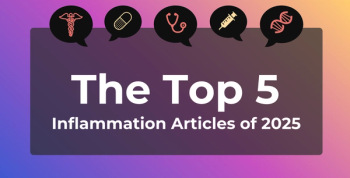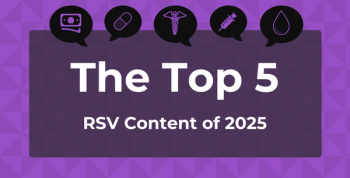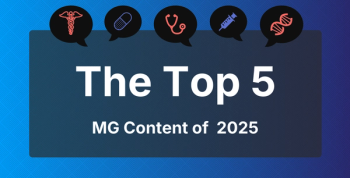
Facts Are Stubborn Things: The Medicare Part B Experiment, a Patient Advocate's Perspective (Part III)
Why this patient advocate is concerned about the newly proposed Medicare Part B model regarding its level of transparency and the evidence.
In
As citizens and patients in this country, the fact is that a majority of us worry about the extent of our healthcare coverage, whether or how long we’ll continue to have access to high-quality care, and the continued escalation of out-of-pocket costs, including insurance premiums, deductibles, specialty visit co-pays, and prescription drug co-pays. And for those of us with cancer or chronic conditions, such as multiple sclerosis, the medications required to treat us account for a significant percentage of spending on prescriptions. With the introduction of new, increasingly expensive drug agents, particularly the novel therapies that are emerging for many cancer types, treatment with just one of these medications—and many of us require combination therapies—can cost up to tens of thousands per month.
To come full circle, as so many of us are struggling to cover the costs of our medications and making extremely serious decisions concerning whether to continue with treatment, to face bankruptcy, to take on extra hours even when we’re at our sickest, shouldn’t one of the most important questions that we discuss be, “What is the clinical effectiveness of these medications that are costing us so much?” In other words, is it possible that some of these agents, despite being extremely expensive, may be no more effective than another much less expensive medication, or may add only a few additional weeks of life yet with substantial adverse effects that greatly impact quality of life?
In his role as HICOR’s codirector, Lyman noted that “We’re trying to bring a greater awareness and a high level of science to the discussion of the cost and overall value of cancer care.” He explained that in many cases, oncologists and their patients frequently have choices concerning which specific cancer treatment can be used. “We may have 2 treatments that give you the same overall benefit, but one is much less costly,” he stressed. “Therefore, it has a great value in the sense that you’re going to get to the same place, but you don’t need to go into bankruptcy or create enormous financial distress for yourself or your family.”
In fact, in addition to ICER, several groups are facing the reality of financial toxicity head on and developing value frameworks and tools, including the
So in conclusion, my fear is that the importance of ICER’s contributions and those of other groups like those described above are being overshadowed by or inappropriately drawn into the discussion concerning the many flaws in the first portion of the proposed CMS Part B Payment Model. Rather, I’d suggest that CMS would gain much by eliminating the first portion of the proposal, which appears to be solely cost-driven and formulated without any critical stakeholder input, and/or potentially replacing it with a voluntary, transparent, stakeholder-driven demonstration project, such as based on the
Evidence-based practice is “the conscientious, explicit and judicious use of current best evidence in making decisions about the care of the individual patient…[It] is the integration of clinical expertise, patient values, and the best research evidence into the decision making process for patient care.”
~David Sackett
Newsletter
Stay ahead of policy, cost, and value—subscribe to AJMC for expert insights at the intersection of clinical care and health economics.







































